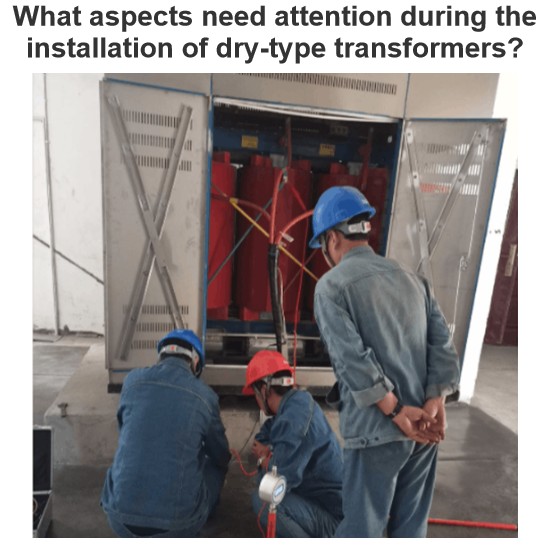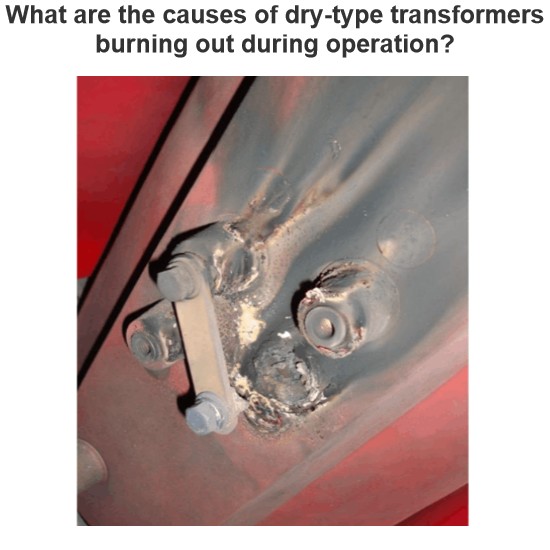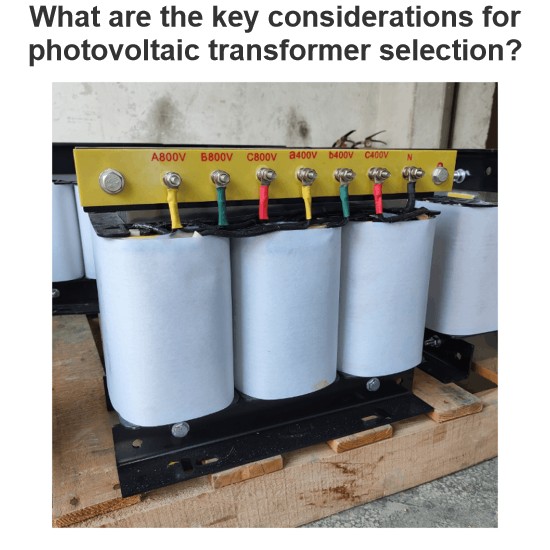What causes high hysteresis losses in transformers at low frequencies?
The reason why hysteresis loss is higher in transformers at low frequencies is primarily due to the characteristics of the hysteresis effect itself, rather than low-frequency saturation. Here is a detailed explanation:
Basic Concept of Hysteresis Loss
Hysteresis loss is the energy loss that occurs in the transformer core due to the flipping of magnetic domains during the magnetization process. The magnitude of hysteresis loss depends on the area of the hysteresis loop, which represents the magnetization curve. A larger hysteresis loop area results in higher hysteresis loss.
Reasons for Higher Hysteresis Loss at Low Frequencies
Larger Hysteresis Loop Area:
At low frequencies, the magnetization frequency is lower, and the magnetic changes occur more slowly within each cycle. This means that the magnetic domains have more time to flip, resulting in a larger hysteresis loop area.
A larger hysteresis loop area directly leads to increased hysteresis loss.
Increased Magnetization Depth:
At low frequencies, the magnetic field changes more slowly, increasing the depth of magnetization. This means that a larger portion of the core participates in the magnetization process, increasing the number and range of domain flips, and thus increasing hysteresis loss.
Slower Magnetic Intensity Change:
At low frequencies, the rate of change of the magnetic field is slower, leading to a slower change in magnetic intensity. This results in greater resistance to domain flipping, causing each flip to consume more energy.
Distinction from Low-Frequency Saturation
Low-Frequency Saturation: Low-frequency saturation refers to the tendency for the magnetic flux density to reach saturation levels more easily at low frequencies due to the slower magnetic field changes. In saturation, the permeability of the core decreases, and the magnetizing current increases sharply. However, this mainly affects eddy current losses, not hysteresis losses.
Hysteresis Loss: Hysteresis loss is primarily associated with the flipping of magnetic domains and not with whether the magnetic flux density reaches saturation. Even in unsaturated conditions, low frequency can still lead to increased hysteresis loss.
Summary of Influencing Factors
Magnetization Frequency: At low frequencies, the magnetization frequency is lower, giving magnetic domains more time to flip, thereby increasing the hysteresis loop area.
Magnetization Depth: At low frequencies, the magnetization depth increases, involving more of the core in the magnetization process.
Magnetic Intensity Change: At low frequencies, the change in magnetic intensity is slower, increasing the resistance to domain flipping and the energy consumed per flip.
Conclusion
The primary reason for higher hysteresis loss in transformers at low frequencies is the larger hysteresis loop area, which results from the increased time available for domain flipping, increased magnetization depth, and slower magnetic intensity changes. While low-frequency saturation can also affect transformer performance, it primarily influences eddy current losses rather than hysteresis losses.
The Electricity Encyclopedia is dedicated to accelerating the dissemination and application of electricity knowledge and adding impetus to the development and innovation of the electricity industry.













